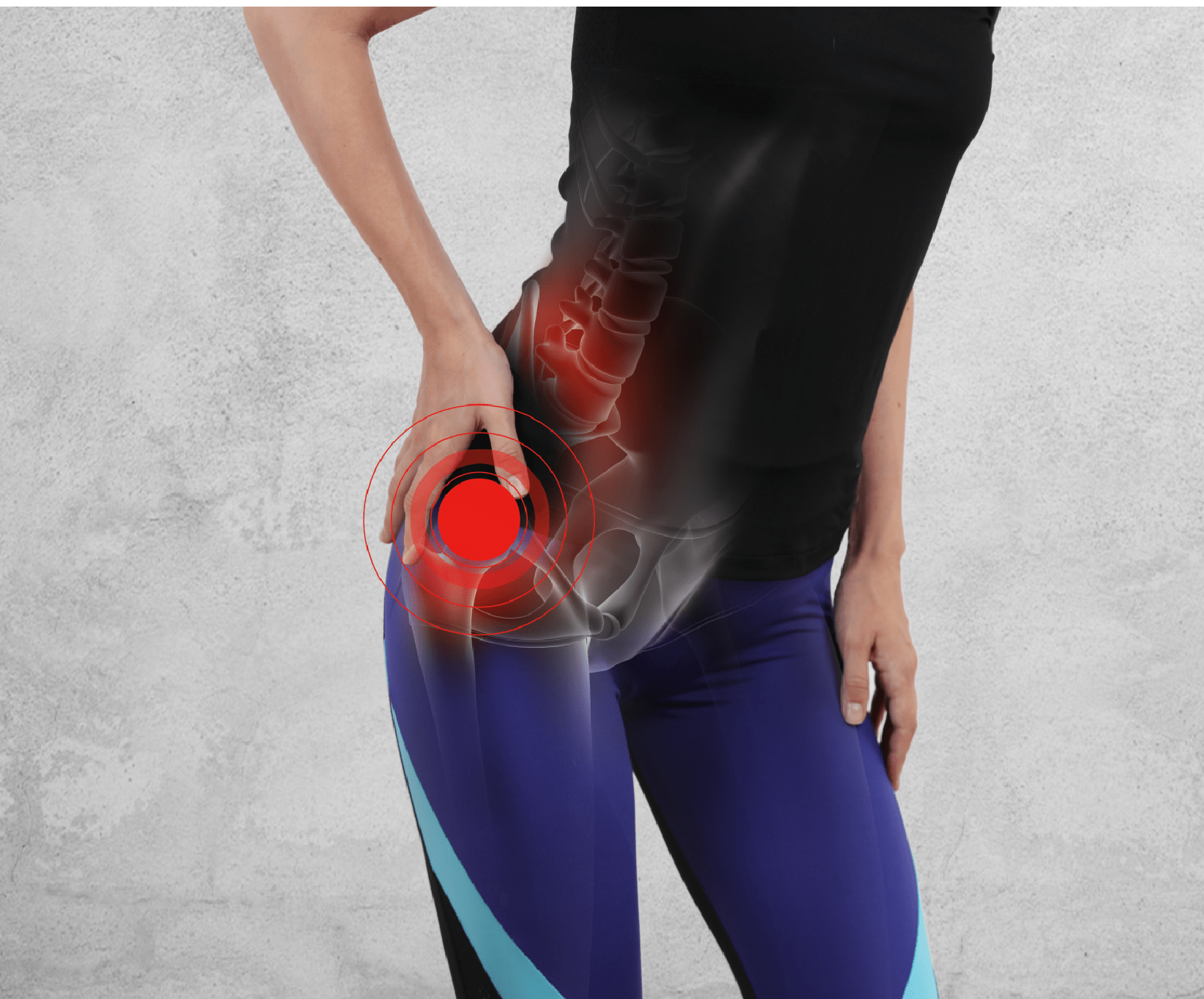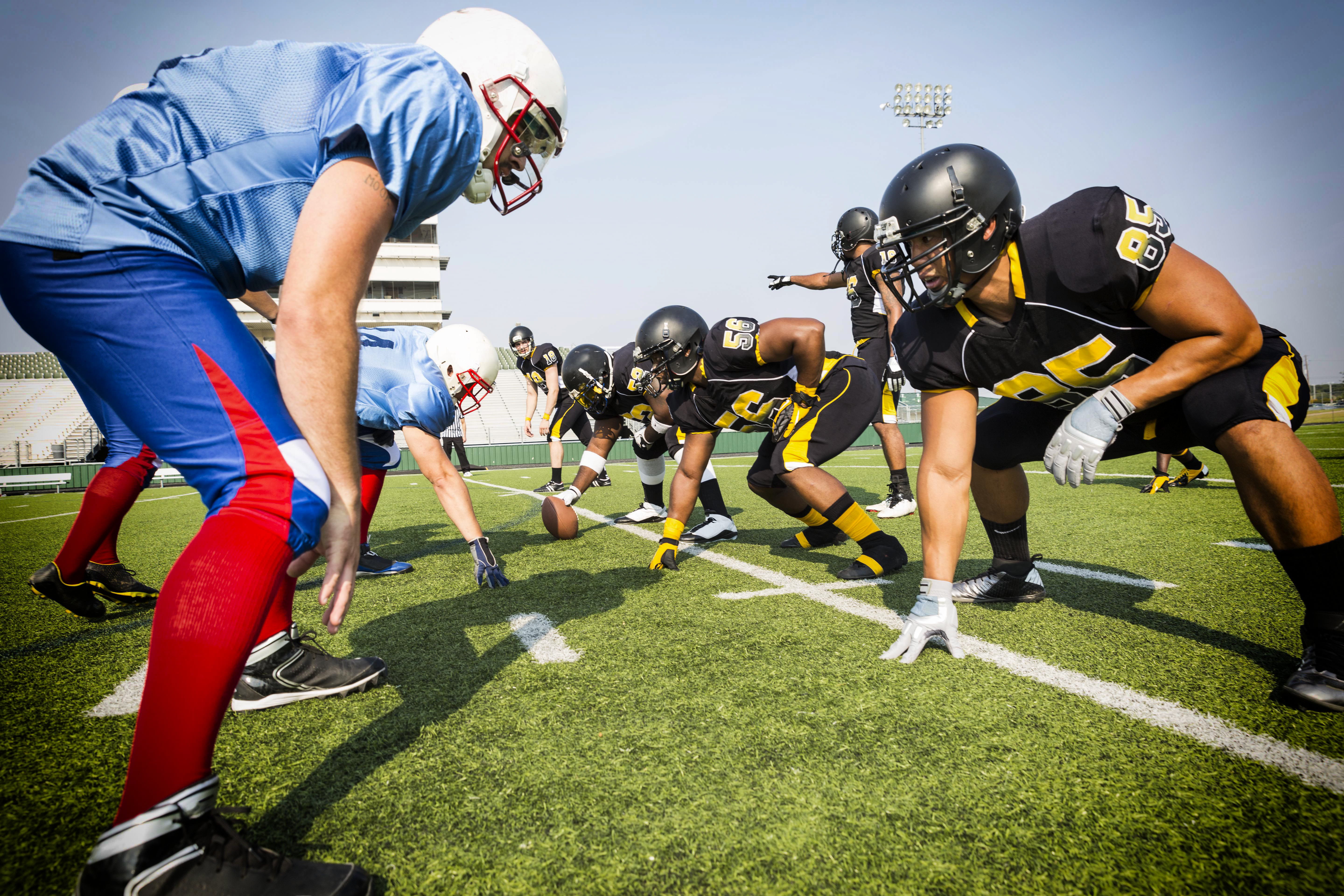If you’ve been feeling a sharp pain deep in your hip or a “catching” sensation when you move, you could be dealing with a labral tear. While it’s not as widely known as other joint injuries, a torn hip labrum can affect your everyday life – from walking and sitting to playing sports or dancing.
In this article, we’ll break down what a hip labral tear is, the most common hip labral tear symptoms, who’s most at risk and what you can expect from treatment and recovery.
What Is the Hip Labrum?
The hip joint is a ball-and-socket joint, and the labrum is a ring of tough cartilage that lines the edge of the socket (called the acetabulum). It acts like a cushion and a seal, helping the hip move smoothly and keeping the ball of your femur (thigh bone) securely in place.
When this cartilage tears, it can cause pain, stiffness and instability in the joint.
“The labrum works like a seal around your hip joint, helping to keep everything stable and moving smoothly. When it tears, that natural support system is disrupted, which can lead to pain and instability,” says Scott R. Kling, M.D., a board-certified orthopedic surgeon with Riverside Orthopedic and Sports Medicine Specialists.
Hip Labral Tear Symptoms to Watch For

Hip labral tear symptoms may vary depending on the severity and location of the tear, but they tend to develop gradually over time or suddenly after an injury.
Common signs include:
- A sharp or deep pain in the front or side of your hip
- Clicking, locking or catching when moving the hip
- Stiffness or limited range of motion
- Pain that gets worse with twisting, pivoting or prolonged sitting
- Feeling of the hip “giving out” or being unstable
Pain from a hip labral tear often worsens with physical activity and can even radiate into the groin or buttocks.
What Causes a Hip Labral Tear and Who’s Most at Risk?
Hip labral tears can result from a number of things including sudden injuries and gradual wear-and-tear.
Common causes include:
- Trauma: Falls, car accidents or direct blows to the hip
- Repetitive motion: Sports like soccer, hockey, golf or ballet
- Structural issues: Conditions like hip dysplasia or femoroacetabular impingement (FAI), which can cause abnormal contact in the joint
- Degeneration: Age-related wear in the labrum from arthritis or overuse
People at higher risk include:
- Athletes in high-impact or twisting sports
- People with existing hip conditions or irregular hip anatomy
- Adults ages 30–50
- Those with jobs requiring frequent squatting, lifting or pivoting
“We see this injury in everyone from marathon runners to weekend warriors. The key is catching it early before it leads to more joint damage,” Dr. Kling adds.
Hip Pain Treatment: Non-Surgical and Surgical Options
Treatment depends on the size and severity of the tear, your symptoms and your activity level. Some people improve with conservative care, while others may need surgery.
Non-Surgical Treatment for a Hip Labral Tear:
- Rest and activity modification
- Anti-inflammatory medications (NSAIDs like ibuprofen)
- Physical therapy to strengthen the hip and improve movement
- Corticosteroid injections for temporary pain relief
Non-surgical treatment is often the first step for minor or degenerative tears. It may not “heal” the labrum, but it can reduce symptoms and improve function.
When Surgery Might Be Needed:
- If non-surgical care doesn’t relieve symptoms
- If the tear causes mechanical problems like catching or locking
- In active patients or athletes who want to return to high-level performance
The most common procedure is hip arthroscopy, a minimally invasive surgery using small tools and a camera to:
- Repair the torn labrum
- Trim and smooth frayed tissue (debridement)
- Address underlying structural problems (like FAI)
What to Expect During Hip Arthroscopy Recovery
Recovery from hip arthroscopy takes time, but most people should be able to return to regular activities and sports with the right care.
Here’s what the process may look like:
- First 1–2 weeks: Crutches may be needed to avoid putting weight on the hip.
- Weeks 2–6: Physical therapy begins, focusing on gentle movement and muscle activation.
- Months 2–4: Strengthening exercises and low-impact activity return.
- By month 4–6: Many patients return to full function or sports, depending on the level of activity and type of repair.
Everyone’s healing timeline is different. Your surgeon and physical therapist will work together to build a plan based on your goals.
“Post-op rehab is just as important as the surgery itself. A good recovery plan helps protect the joint and prevent future injuries,” says Dr. Kling.
How to Prevent Hip Labral Tears
Not every tear can be avoided, but you can take steps to lower your risk, especially if you're active or have had previous hip issues.
Ways to protect your hips include:
- Warm up and stretch before exercising
- Avoid overtraining or excessive twisting motions
- Strengthen core and glute muscles to support hip stability
- Cross-train with low-impact activities like swimming or cycling
- Use proper techniques in sports or workouts
- Don’t ignore persistent hip or groin pain – early care matters
Being proactive about hip health can help you stay mobile, pain-free and doing what you love.
When to See a Hip Specialist
If you’re dealing with nagging hip pain, clicking or stiffness that doesn’t go away, it may be time to talk to an orthopedic or sports medicine specialist. A proper diagnosis often includes a physical exam and imaging such as an MRI to confirm a labral tear.
The good news? There are more treatment options than ever to help you get back on your feet, and back to your life.
Schedule an appointment online so you can be evaluated right away.
Riverside OrthoConnect has next business day appointment availability in most cases.
Or call the Riverside Sports Medicine Hotline at 757-534-6767, from 7am-10pm, 7 days a week to schedule an appointment with a sports medicine specialist. Same day/next day availability in most cases.



